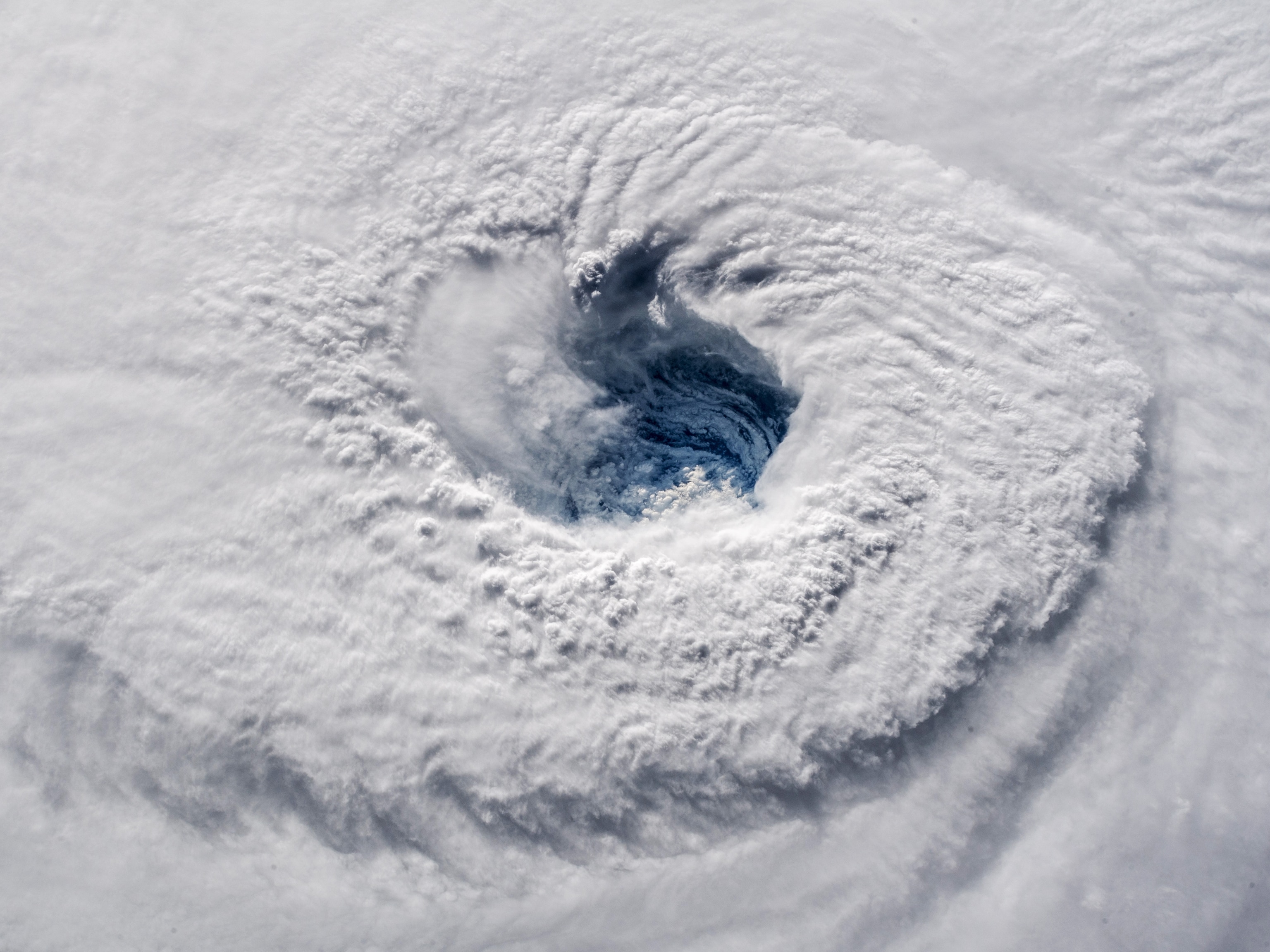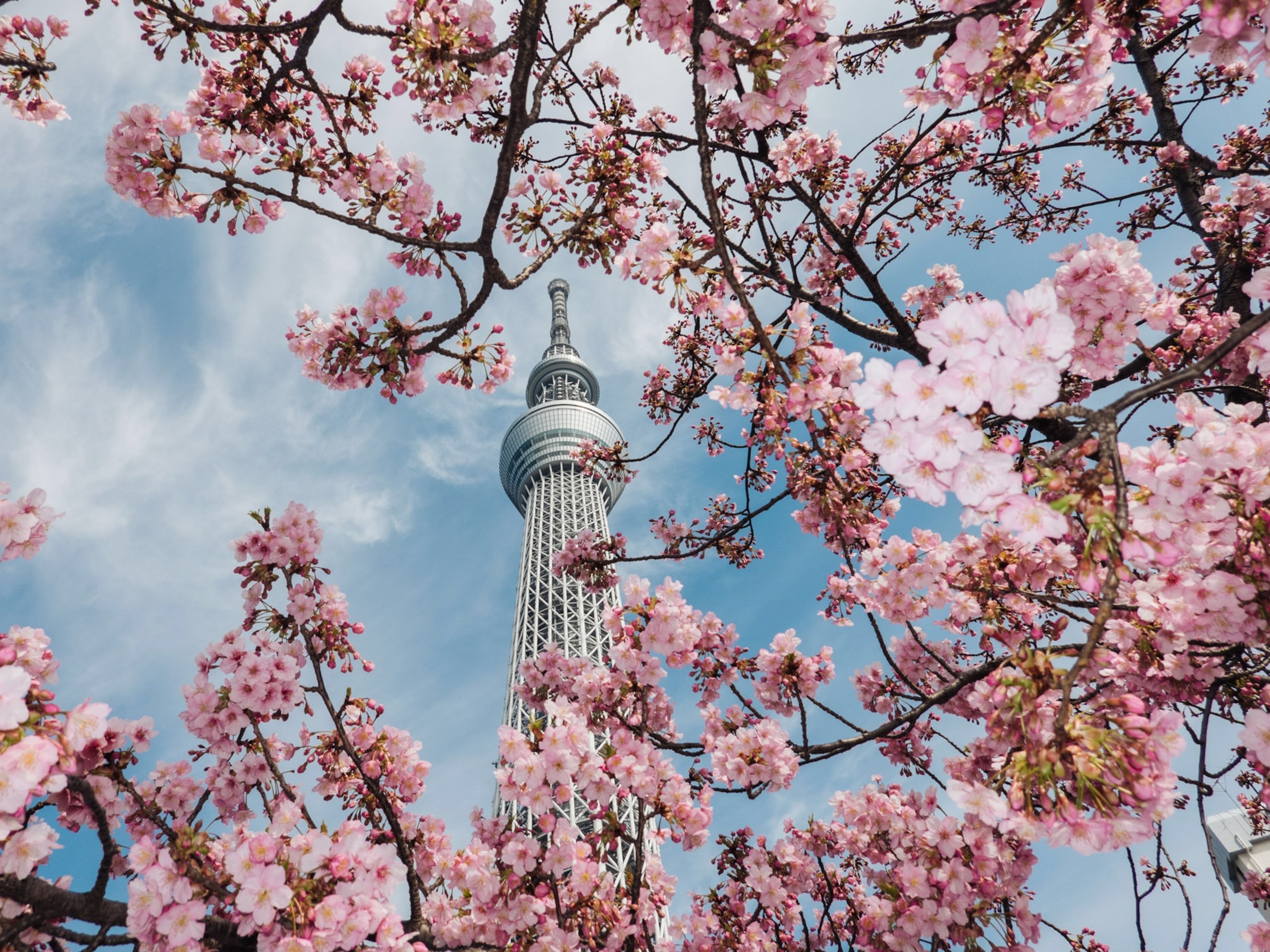





Rocked by Natural Disasters, These Destinations Are Now Ready For Tourists
From hurricanes to mudslides and earthquakes, natural disasters seemed to be on the rise last year, these destinations are beautiful and resilient.
Natural disasters—from hurricanes to mudslides and earthquakes—seemed to be on the upswing in 2017, often with devastating effects. Storms in the U.S. alone racked up an estimated $306 billion in damages—the costliest year ever, according to the National Oceanic and Atmospheric Administration. Still, these estimates cannot fully account for the economic losses to an affected region, and the impacts can reverberate long after the initial damage, particularly if visitors change travel plans.
Travelers have the chance to participate directly in the revitalization of affected destinations by choosing to visit impacted regions. In the coming year, consider visiting these six destinations recovering from natural disasters in 2017.
Putumayo, Colombia
More than 320 people were killed when flooding rivers and a massive mudslide overtook the southern city of Mocoa, Colombia, in the early morning hours of April 1, 2017, the country’s worst natural disaster in years. While recovery and restoration efforts in the capital city of the Putumayo department are ongoing, nearby natural attractions remain unaffected. Head to the region to explore Santuario de Flora Plantas Medicinales Orito Ingi-Ande—a conservation area at the boundary of the Amazon and the Andes home to culturally significant plant species—and the cloud and oak forests within the country’s oldest national park, Cueva de los Guácharos.
Sonoma and Napa Counties, California
Some of the most destructive wildfires in California history ravaged 200,000 acres of wine country north of San Francisco in October. Blazes raged for weeks, claiming some 6,600 structures, and nearly two dozen lives. While some vineyards lost crops and others face smoke-tainted harvests, most of Sonoma and Napa counties’ grapes grow in low lying areas that did not burn. The tiny, centrally-located town of Headlsburg, is a good base for a Sonoma County wine-tour—all of the town’s tasting rooms and hotels are open for business. Headed to Napa? Stop in at the new Compline Restaurant & Wine Bar in downtown Napa for private wine classes or dinner pairings.
The Caribbean
Hurricanes Irma and Maria delivered a one-two-punch, overwhelming much of the Caribbean last fall. Some 40 percent of Puerto Rico remains without power. But, some islands—including Barbados, Antigua, Jamaica, and the Bahamas—weathered the storm better than others, and all of the affected Caribbean cruise ports have since reopened. Most places are eagerly anticipating the visitors they’ve come to expect for the December to May high season. There’s even a handful of new places to stay: the Quintessence Boutique Resort on Anguilla, Serenity at Coconut Bay on Saint Lucia, and the Jewel Grande Montego Bay Resort & Spa on Jamaica; Hodges Bay Resort and Spa on Antigua is set to open summer of 2018.
Coastal Texas
Hurricane Harvey drenched the Texas coast with trillions of gallons of water over five days in late August. In Corpus Christi, jumbled boats, sodden farms, and leveled homes made the news, and more than 200 miles north, residents of Houston paddled in floodwaters over freeways and through inundated urban landscapes in scenes that recalled New Orleans post-Katrina. While large swaths of the Texas coast are still recovering, Houston has proven resilient. Base yourself at a downtown hotel like the new 21-story high-rise Hotel Alessandra and take a tour to explore the underground tunnels that connect 95 downtown blocks, now back in business after the floods. Then, head out into the open for a stroll through Hermann Park’s green space—it received only minor damage.
Mexico City, Mexico
Two high magnitude earthquakes rattled Mexico in 2017. The first, in early September, struck off the southern state of Chiapas, leaving nearly 100 dead. The second came under two weeks later, but this time the epicenter was just 75 miles south of more populous Mexico City, eventually killing more than 360 people. It was only a day after the original earthquake that Hurricane Katia made landfall in Veracruz state, causing a mudslide that killed two more people. Despite being hard hit, Mexico is a large country, and entire regions weren’t impacted by any of these natural disasters including the popular tourist areas of Cancun, Los Cabos, Riviera Nayarit, and Riviera Maya. Even in Mexico City, it’s back to (mostly) business as usual with many city hotels and museums—including the Museum of Anthropology, the Frida Kahlo Museum, and the Palacio de Bellas Artes—reopened after building inspectors declared them structurally sound.
Sri Lanka
In May, unusually heavy monsoon rains bloated rivers in the southern part of Sri Lanka, triggering mudslides and burying homes and people. In 2016, similarly heavy rains caused landslides that buried three villages. Still, this charming country on the mend following decades of civil war, has a lot to offer—especially during the dry season. (In the southwest between December and March or from May to September in north and eastern regions). See the stunning beaches of Tangalla along the southeastern coast, then head inland to spot deer, sloth bears, leopard, and bathing elephants in Udawalawe National Park, or explore the impressive stone ruins in the ancient northern city of Anuradhapura.
Science and travel journalist Meghan Miner Murray is based in Kailua-Kona, Hawaii. Follow her on Twitter.
You May Also Like
Go Further
Animals
- This ‘saber-toothed’ salmon wasn’t quite what we thoughtThis ‘saber-toothed’ salmon wasn’t quite what we thought
- Why this rhino-zebra friendship makes perfect senseWhy this rhino-zebra friendship makes perfect sense
- When did bioluminescence evolve? It’s older than we thought.When did bioluminescence evolve? It’s older than we thought.
- Soy, skim … spider. Are any of these technically milk?Soy, skim … spider. Are any of these technically milk?
- This pristine piece of the Amazon shows nature’s resilienceThis pristine piece of the Amazon shows nature’s resilience
Environment
- This pristine piece of the Amazon shows nature’s resilienceThis pristine piece of the Amazon shows nature’s resilience
- Listen to 30 years of climate change transformed into haunting musicListen to 30 years of climate change transformed into haunting music
- This ancient society tried to stop El Niño—with child sacrificeThis ancient society tried to stop El Niño—with child sacrifice
- U.S. plans to clean its drinking water. What does that mean?U.S. plans to clean its drinking water. What does that mean?
History & Culture
- Séances at the White House? Why these first ladies turned to the occultSéances at the White House? Why these first ladies turned to the occult
- Gambling is everywhere now. When is that a problem?Gambling is everywhere now. When is that a problem?
- Beauty is pain—at least it was in 17th-century SpainBeauty is pain—at least it was in 17th-century Spain
- The real spies who inspired ‘The Ministry of Ungentlemanly Warfare’The real spies who inspired ‘The Ministry of Ungentlemanly Warfare’
- Heard of Zoroastrianism? The religion still has fervent followersHeard of Zoroastrianism? The religion still has fervent followers
Science
- Here's how astronomers found one of the rarest phenomenons in spaceHere's how astronomers found one of the rarest phenomenons in space
- Not an extrovert or introvert? There’s a word for that.Not an extrovert or introvert? There’s a word for that.
- NASA has a plan to clean up space junk—but is going green enough?NASA has a plan to clean up space junk—but is going green enough?
- Soy, skim … spider. Are any of these technically milk?Soy, skim … spider. Are any of these technically milk?
- Can aspirin help protect against colorectal cancers?Can aspirin help protect against colorectal cancers?
Travel
- What it's like to hike the Camino del Mayab in MexicoWhat it's like to hike the Camino del Mayab in Mexico
- Follow in the footsteps of Robin Hood in Sherwood ForestFollow in the footsteps of Robin Hood in Sherwood Forest
- This chef is taking Indian cuisine in a bold new directionThis chef is taking Indian cuisine in a bold new direction
- On the path of Latin America's greatest wildlife migrationOn the path of Latin America's greatest wildlife migration
- Everything you need to know about Everglades National ParkEverything you need to know about Everglades National Park




